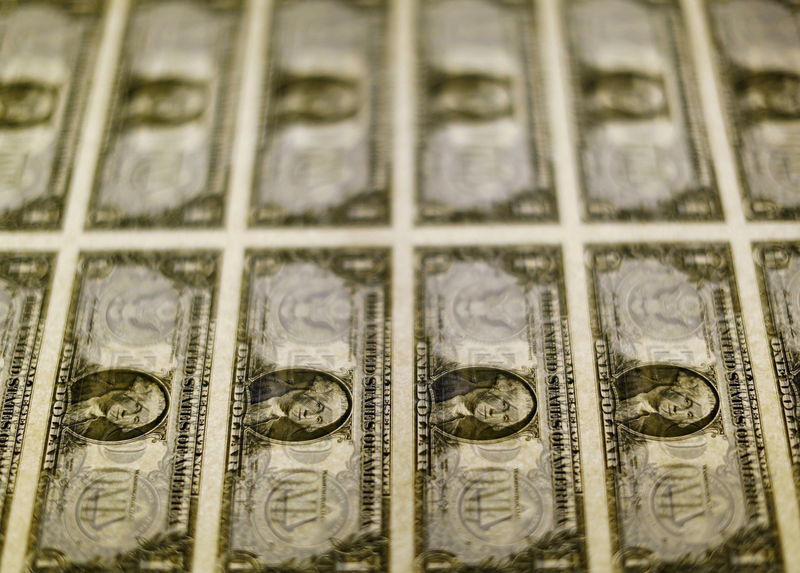Investing.com - The dollar continued to hover at one-week lows against other major currencies on Wednesday, after the release of downbeat U.S. housing sector data and as investors remained cautious ahead of the Federal Reserve's highly-anticipated monetary policy statement due later in the day.
The U.S. National Association of Realtors said existing home sales unexpectedly rose by 1.7% last month, but they were still at their lowest level in a year at 5.35 million units.
The data came a day after the U.S. Commerce Department reported that the number of housing starts unexpectedly fell in August, while building permits unexpectedly jumped.
Later Wednesday, the U.S. central bank was widely expected to leave interest rates on hold, but it was also likely to announce plans to trim its $4.2 trillion in bond holdings.
The safe-haven yen and Swiss franc were still on the upside, as USD/JPY slipped 0.14% to 111.44 and with USD/CHF easing 0.08% to 0.9618.
Traders were also cautious amid potentially higher tensions between the U.S. and North Korea following hawkish statements from U.S. President Donald Trump.
In his first speech before the United Nations General Assembly on Tuesday, Trump said "the United States has great strength and patience, but if it is forced to defend itself and its allies, we will have no choice but to totally destroy North Korea."
Elsewhere, EUR/USD was almost unchanged at 1.2000, while GBP/USD gained 0.56% to 1.3576, re-approaching Monday's 15-month peak of 1.3620.
The pound was boosted after the UK Office for National Statistics reported on Wednesday that retail sales blew past forecasts in August, increasing 1.0%.
Sterling had come under some pressure after Bank of England Governor Mark Carney warned on Monday that Brexit will weigh on overseas trade and that leaving the EU was already limiting the potential size of the UK economy.
However, Carney also said that interest rates are likely to rise “over the coming months”, reiterating what was said at the BoE's most recent policy meeting and had already pushed the pound broadly higher.
The Australian and New Zealand dollars remained higher, with AUD/USD up 0.69% at 0.8065 and with NZD/USD advancing 0.94% to 0.7386.
Meanwhile, USD/CAD slumped 0.26% to 1.2260.
The U.S. dollar index, which measures the greenback’s strength against a trade-weighted basket of six major currencies, was down 0.14% at 91.49 by 10:50 a.m. ET (14:50 GMT), the lowest since September 11.
